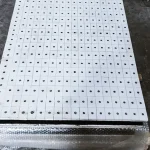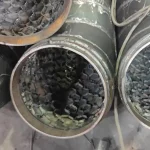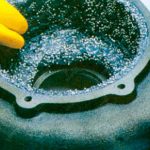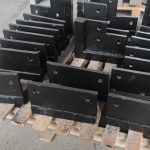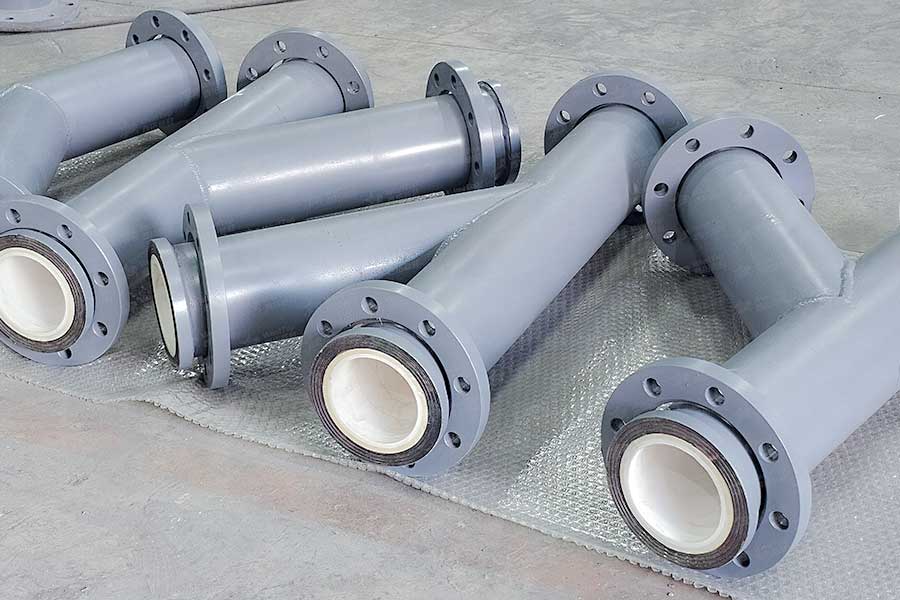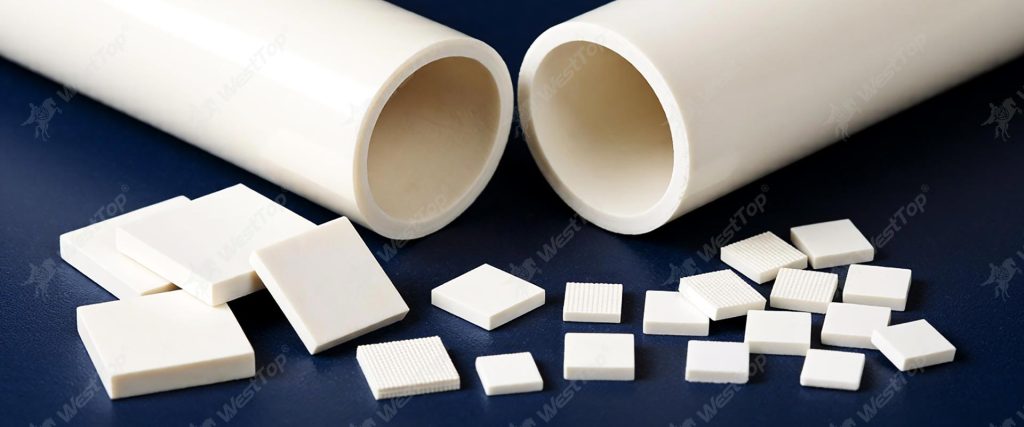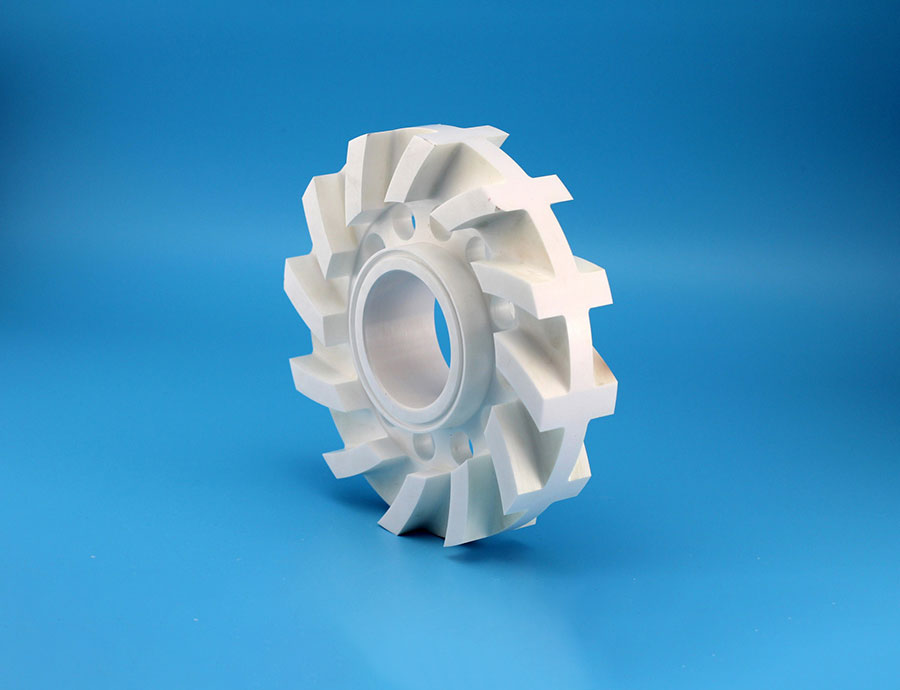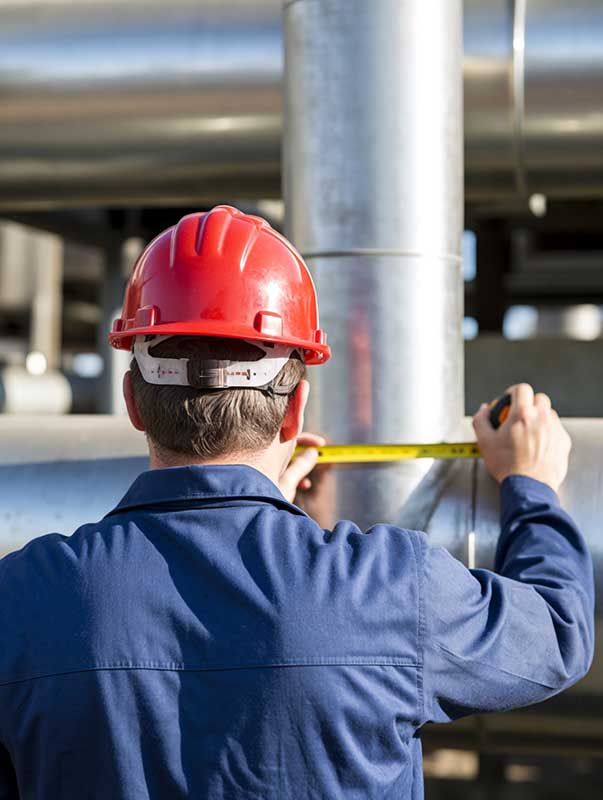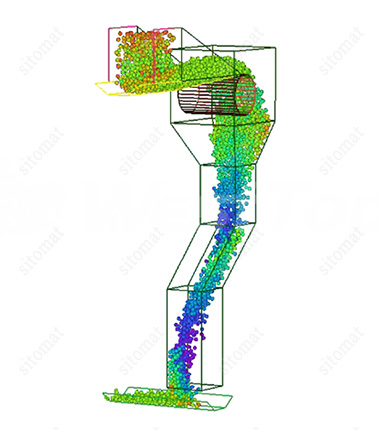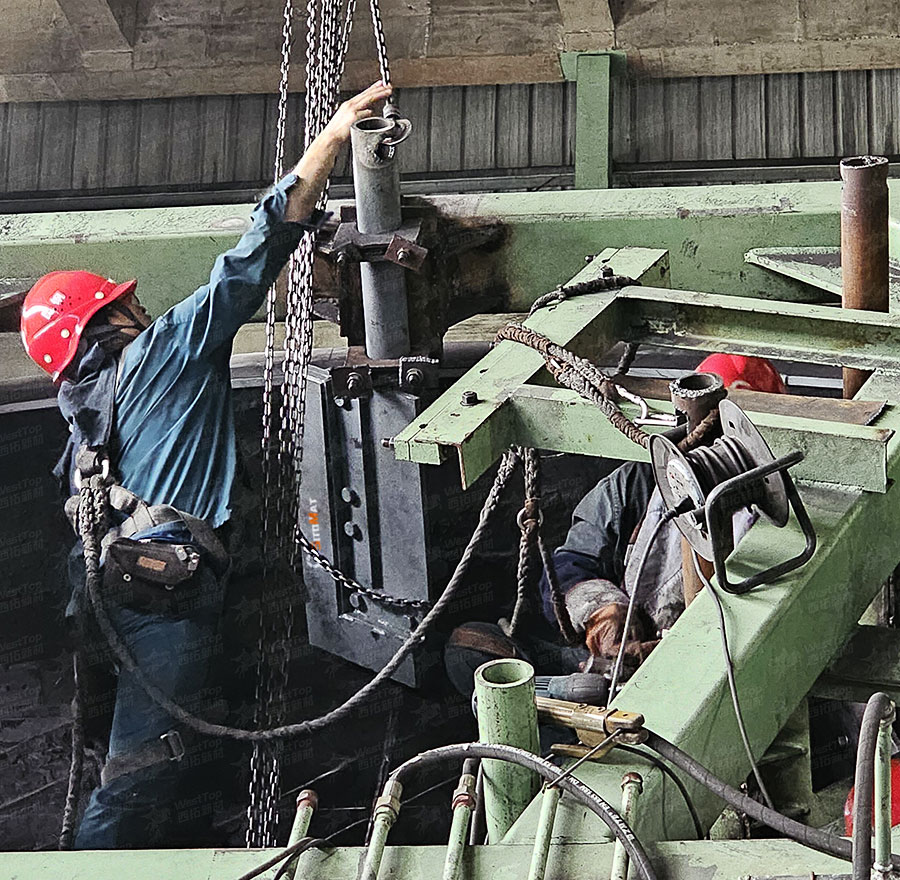
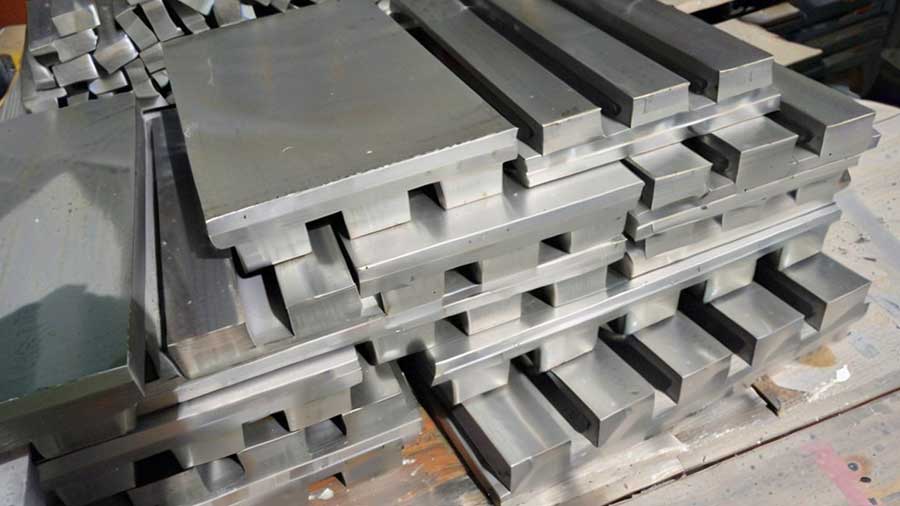
In modern industrial manufacturing, alloy steel wear-resistant plates stand out as key basic materials, attracting significant attention for their excellent technical performance and wide engineering applicability.

1. Material Definition and Preparation Process
We prepare wear-resistant alloy steel plates using an iron-based alloy matrix, precise multi-alloying design (e.g., chromium, nickel, molybdenum, vanadium), and advanced processes like controlled rolling, cooling, and heat treatment. During production, we control alloy elements’ solid solution strengthening, precipitation strengthening, and grain refinement, then optimize microstructure via quenching and tempering to form a high-strength, high-hardness, tough structure, enhancing wear resistance.
2. Core Performance Characteristics
(1) Excellent Wear Resistance
Its core advantage lies in superior wear resistance over ordinary carbon steel. Under harsh conditions like high-stress abrasive or impact wear, uniform carbide hard phases in the microstructure work with the matrix to form an efficient wear-resistant mechanism. Experimental data show its wear rate is 60%-70% lower than ordinary steel, prolonging equipment parts’ life by 2-3 times and reducing maintenance costs.
(2) High Strength-Hardness Matching
With a surface hardness of HRC 50-60, the material offers excellent compressive strength and resistance to plastic deformation. This allows it to maintain stable geometry and mechanics under heavy loads (e.g., mining crushers), preventing deformation-related failures and ensuring reliable industrial operation.
(3) Good Impact Toughness
Through alloy design and heat treatment, the plates balance high hardness with impact toughness (20-30J/cm² at room temperature). Under dynamic impact, dislocation slip and grain deformation absorb energy, avoiding brittle fracture and achieving optimal wear-fracture resistance balance.
3. Industrial Application Expansion
(1) Mining Industry
In mining, these plates are used in scraper conveyors, crusher linings, and ore chutes. Against high-hardness ore abrasion, their surface hardening layer and tough matrix extend equipment life, reduce downtime, and ensure efficient mining operations.
(2) Building Materials Manufacturing
In cement production, they reinforce bucket elevator hoppers, ball mill liners, and roller press components. Their wear resistance reduces part erosion from high-stress grinding, stabilizing systems and supporting energy-saving goals.
(3) Construction Machinery
Key components like loader buckets and excavator teeth rely on these plates. The hard surface resists soil/rock abrasion, while the tough matrix withstands impacts, improving machinery efficiency and reducing lifecycle costs.
(4) Power Industry
In coal-fired plants, they line coal pipes, feeders, and mill armor. The alloy surface resists coal’s abrasion and corrosion, while the matrix provides strength, ensuring stable coal supply and power equipment economy.
4. Technical Development and Prospects
With the development of industrial equipment in the direction of large-scale and intelligent, higher requirements are put forward for the comprehensive performance of wear-resistant materials. Through the innovative application of micro-alloying technology, nano-strengthening process and surface coating technology, the hardness-toughness matching of alloy steel wear-resistant plate will be further optimized, and the wear resistance and corrosion resistance are expected to achieve synergistic improvement. In the future, this material will not only continue to play a key role in the traditional heavy industry, but also expand its application space in emerging fields such as new energy equipment and high-end manufacturing, becoming an important material basis for promoting industrial transformation and upgrading.
Overall, alloy steel wear-resistant plates are vital for modern industrial equipment, thanks to their unique design, advanced processes, and versatile performance. With material science integration, their technical breakthroughs and broader applications will support efficient, green industrial development.

